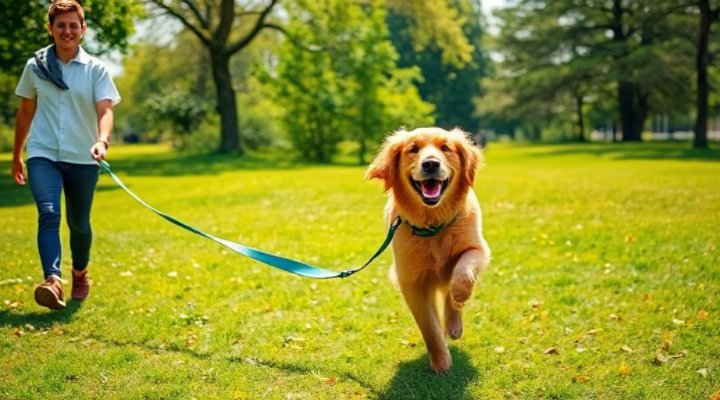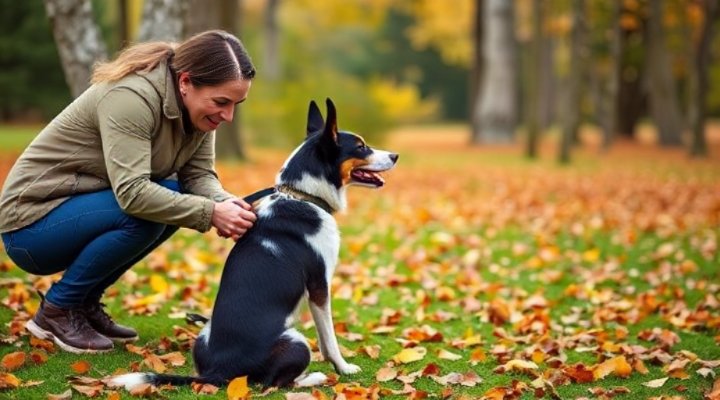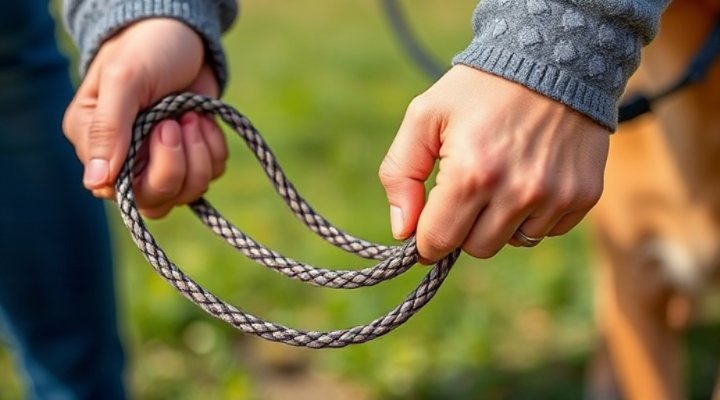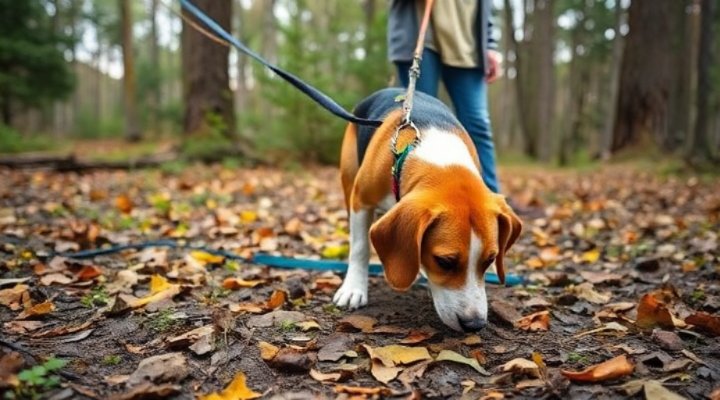Long lead dog training is revolutionizing how we give our canine companions freedom while maintaining essential control. This method bridges the gap between complete freedom and strict leash walking, creating perfect opportunities for recall practice and safe exploration.

Why Choose Long Lead Training for Your Dog?
Unlike traditional short leashes that restrict movement, a long lead (typically 15-30 feet) allows your dog to explore while you maintain control. This is particularly valuable for dogs who need to work on their recall or those transitioning from leash to off-leash freedom. According to the American Kennel Club, gradual freedom is key to successful training.
I remember when I first tried long lead training with my rescue dog, Max. He was fearful of open spaces but desperate to run. The long lead gave him the confidence to explore while knowing he could return to safety at any moment. Within weeks, his recall improved dramatically!

Essential Equipment for Long Lead Training
Choosing the right gear makes all the difference in long lead training:
- Biothane long lines: These waterproof leads are durable and easy to clean
- Retractable leads: Great for gradual length adjustment (though not for strong pullers)
- Training harness: Distributes pressure evenly across the chest
For more on choosing the right leash, check out our guide on best dog leashes for training.
Proper Handling Techniques
How you hold the lead significantly impacts your training success:
- Always keep some slack in the line to avoid constant tension
- Coil excess lead neatly in your hand (never wrap around your wrist)
- Use quick, gentle tugs for communication rather than sustained pulling

Step-by-Step Long Lead Training Process
Follow these steps to implement long lead training effectively:
1. Foundation Recall Training
Begin in a low-distraction environment. Use high-value treats and enthusiastic praise when your dog responds to their recall cue. Our article on dog recall training offers more detailed techniques.
2. Gradual Distance Increase
Start with just a few feet of lead, gradually increasing as your dog demonstrates reliable response. Remember, the goal is to set them up for success!
3. Introducing Distractions
Once basics are solid, practice in increasingly distracting environments. Parks are perfect for this stage of training.

Troubleshooting Common Challenges
Even with the best preparation, you might encounter some hurdles:
Lead Tangling
This frustrates many owners. The solution? Practice in open areas first and learn to quickly gather slack when needed. Some owners find leash training basics helpful for building these skills.
Ignoring Commands
If your dog stops responding, decrease distance and increase reward value. Sometimes going back to basics is the fastest way forward.
Transitioning to Off-Leash Freedom
The ultimate goal for many owners is reliable off-leash control. The American Veterinary Society of Animal Behavior recommends this careful progression:
- Master recall on long lead in various environments
- Practice in securely fenced areas with lead dragging
- Only attempt true off-leash in safe, familiar areas
Remember, some dogs may always need a lead for safety, and that’s perfectly okay. The joy is in the journey of training together!
Related Keywords
dog leash training | recall training techniques | outdoor dog control | long line training | positive reinforcement dog training | safe off-leash training

